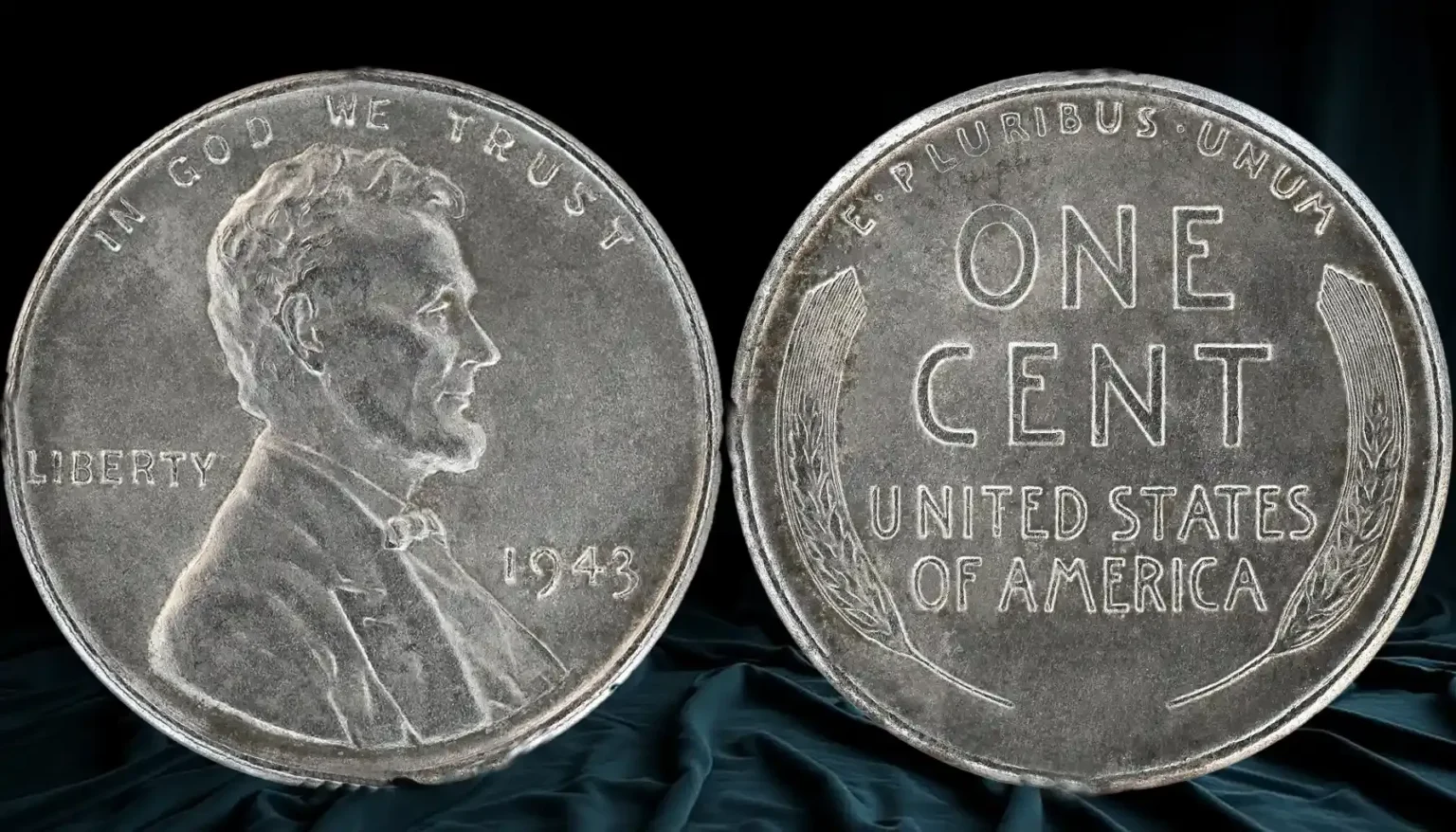Introduction to the 1944 wheat penny value
If you’ve stumbled upon a 1944 wheat penny, consider yourself lucky. This small piece of history is more than just spare change; it carries with it stories from the past and potential value that can surprise even seasoned collectors. As one of the most sought-after coins in American numismatics, understanding its worth is essential whether you’re looking to sell or simply appreciate your find.
In this guide, we’ll dive deep into what makes the 1944 wheat penny so special. From factors influencing its value to rare varieties and errors that can significantly boost worth, every detail matters when assessing these iconic coins. Whether you’re a novice collector or an experienced numismatist, there’s something here for everyone interested in uncovering the secrets behind the 1944 wheat penny value. Let’s embark on this fascinating journey together!
Factors Affecting Value of the 1944 Wheat Penny
The value of a 1944 wheat penny hinges on several key factors. One crucial aspect is its condition. Coins in mint state can command higher prices than those with visible wear and tear.
Rarity also plays a significant role. While millions were minted, specific varieties are scarcer. For instance, the 1944 steel penny is much more sought after compared to its copper counterparts.
Additionally, market demand fluctuates over time. A surge in interest among collectors can elevate prices dramatically.
Any unique errors or features enhance desirability and value significantly. Collectors often pay top dollar for coins that deviate from the norm due to manufacturing mishaps or unusual characteristics.
Rare Varieties and Errors of the 1944 Wheat Penny
The 1944 wheat penny is fascinating, not just for its design but also for its rare varieties and errors. One of the most sought-after versions is the 1944 steel penny. This unusual coin emerged when an error at the mint led to some striking copper pennies on steel planchets.
Another notable variant is the “D” over “S” from the Denver Mint. The misalignment during striking creates a unique piece that collectors crave.
Additionally, some 1944 wheat pennies exhibit double dies. This occurs when a die strikes multiple times, resulting in a blurry or doubled image—an exciting find for any numismatist.
These rare coins can command significantly higher prices than their more common counterparts. Collectors appreciate these variations because they tell stories and add depth to any collection of American currency. Each mistake makes your search even more thrilling!
How to Determine the Value of Your 1944 Wheat Penny
To determine the value of your 1944 wheat penny, start by examining its condition. The grading scale ranges from poor to mint state. Look for clarity in details and any wear marks.
Next, check for mint marks. A penny minted in Philadelphia has no mark, while those from Denver or San Francisco have a “D” or “S,” respectively. This can significantly influence value.
Consider using a coin appraisal guide or consulting with a professional appraiser for an accurate assessment. Online resources also offer valuable insights into current market trends.
Keep an eye on recent auction results for similar coins to gauge what collectors are willing to pay right now. Tracking sales will help you understand fluctuations in demand and rarity over time.
Tips for Finding and Collecting 1944 Wheat Pennies
Finding and collecting 1944 wheat pennies can be an exciting journey. Start by checking your pocket change or searching through old jars that might contain forgotten coins.
Visit local coin shops, estate sales, and flea markets. You never know what hidden treasures await you in these places. Engaging with fellow collectors online can also open doors to potential trades or purchases.
Consider joining a numismatic club. These communities often share valuable insights and resources about rare finds like the 1944 wheat penny.
When hunting for these coins, pay attention to condition attributes such as wear and luster. Higher-grade pennies command better prices in the marketplace.
Document your findings meticulously. Keeping records will not only enhance your collection but also aid in assessing its overall value over time.
Caring for Your 1944 Wheat Penny Collection
Caring for your 1944 wheat penny collection requires a delicate touch. Start by handling each coin with clean hands or wearing cotton gloves to avoid oils and dirt from your skin.
Store the pennies in a dry, cool environment. Avoid places with high humidity, as moisture can cause corrosion over time. Acid-free holders or albums are ideal for keeping coins safe while allowing you to display them.
Regularly inspect your collection for any signs of wear or tarnish. If you notice any issues, address them promptly but gently. Use soft cloths when cleaning—never abrasive materials that can scratch the surface.
Educate yourself about proper care techniques specific to copper coins. This knowledge will help preserve their value and beauty for years to come. Keep track of market trends too; knowing how demand shifts can inform how you manage your collection effectively.
Conclusion
Understanding the value of a 1944 wheat penny can enhance both your collecting experience and potential investment. Numerous factors, such as mint marks, condition, and rarity play significant roles in determining its worth. Coin enthusiasts should remain vigilant for rare varieties and errors that could dramatically increase the value of these coins.
To accurately assess your 1944 wheat pennies, consider using professional grading services or consulting with expert dealers. This ensures you are aware of their true market value. Collecting requires patience and an eye for detail; tools like magnifying glasses will aid in identifying unique features.
Proper care is essential to maintain the quality of your collection. Store them safely away from direct sunlight and moisture to prevent tarnishing or damage over time.
Whether you’re a seasoned collector or just starting out, keeping informed about the nuances affecting 1944 wheat penny values will undoubtedly enrich your journey into numismatics. Happy collecting!

















